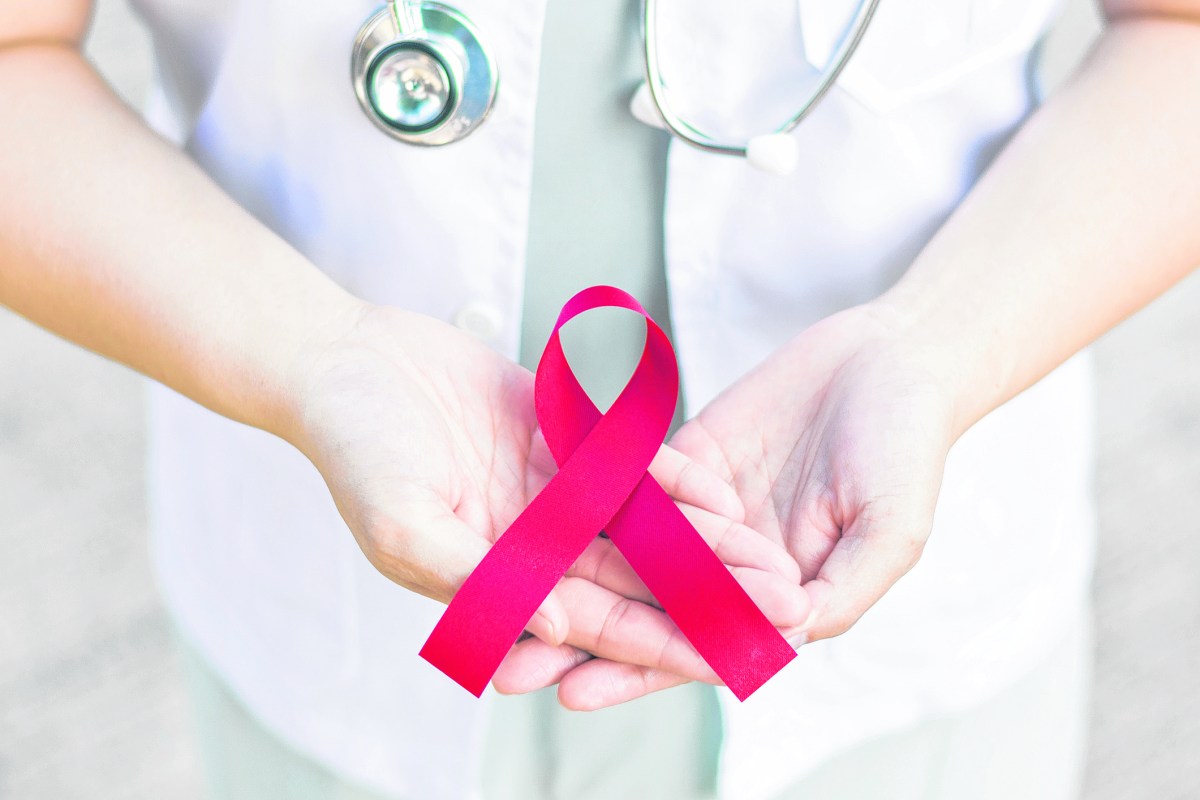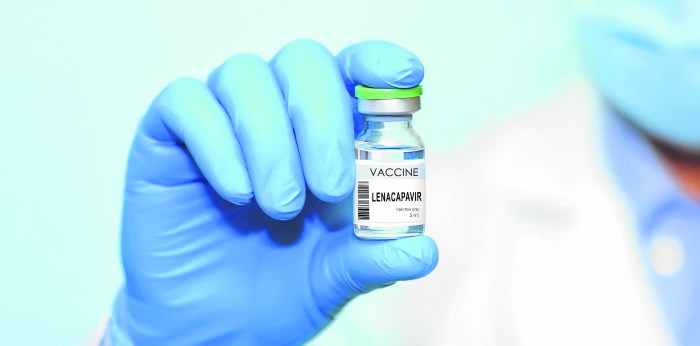About 1.2 million Americans are living with HIV (human immunodeficiency virus), the virus that causes AIDS (acquired immunodeficiency syndrome). Just a few decades ago, the AIDS epidemic was spiraling out of control and a positive HIV test equated to a death sentence. Fortunately, thanks to medical advancements, HIV-positive people can live long, full lives, and the number of new diagnoses each year is significantly lower than at its peak.
However, more must be done. HIV and AIDS remain a serious chronic condition. In 2022, there were 19,310 deaths among adults and adolescents with diagnosed HIV in the United States and six territories and freely associated states. These deaths may have been due to any cause. While new cases are in decline, there are still about 38,000 new diagnoses of HIV each year. AIDS disproportionately impacts communities of color and men who have sex with men. About 70% of new HIV cases are among the Black and Hispanic populations, while men who have sex with men account for 67% of new cases, according to the U.S. Centers for Disease Control and Prevention (CDC).
PLAN TO CUT NEW HIV INFECTIONS
The U.S. Department of Health and Human Services’ Ending the HIV Epidemic in the U.S. (EHE) initiative is an operational plan to reduce new HIV infections by at least 90% by 2030. The initiative aims to diagnose all individuals with HIV as early as possible after infection; treat people with HIV rapidly and effectively to reach sustained viral suppression, in which the virus is not spreadable to others through sexual contact; and prevent new HIV transmissions through proven interventions for high-risk individuals.
DIAGNOSING NEW INFECTIONS
As medical director of the Adolescent LGBTQ+ Program at Stony Brook Medicine and division chief of Adolescent Medicine at Stony Brook Children’s Hospital, Dr. Allison Eliscu generally treats individuals in the 12-26 age range – an age group that has struggled with new infections and access to tests and treatment. “Unfortunately, we are still seeing new infections and HIV cases that are not controlled,” Eliscu says. “When talking to patients, I find that many of them think, ‘I’m not really at risk for that.’ They have an image in their mind of what someone with HIV would look like, and they don’t think it applies to them.”
Eliscu notes that in New York State, an HIV test should be offered during preventive care visits to anyone age 13 or older. “It should be offered just like tests to check your cholesterol or blood pressure,” she says.
“The routinization of HIV testing helps to reduce the stigma and increase uptake,” says Dr. Joseph P. McGowan, medical director for HIV services at Northwell Health.
Because of improvements in testing, HIV can be diagnosed earlier than in the past. “Typical screening blood tests today can detect HIV as early as three to four weeks after someone contracted the infection,” Eliscu says. In addition to a standard blood test, there are at-home rapid HIV tests, which are less sensitive, but can detect HIV one to three months after contraction. “In addition to the standard test, we can do the rapid test in the office – like we do with strep tests – and if it’s positive, we can connect the patient to treatment right away, while they’re still in the office,” Eliscu says.
WHY EARLY DETECTION IS SO IMPORTANT
Early detection is crucial for both the patient’s health and the health of others. “The sooner the patient gets diagnosed and gets into treatment, the sooner they can get the virus under control to preserve or restore their immune system function,” McGowan says. “If HIV is caught in an early phase and the patient gets proper treatment, they can live a normal life span.”
And from a public health standpoint, “if we find that diagnosis early, we can try to interrupt the chain and prevent that person from transmitting HIV to others,” Eliscu says. HIV patients are treated with antiretroviral therapy, which suppresses the virus to the point where it can’t be detected by a standard lab test – and can’t be transmitted to others through sex. “You may have heard the expression ‘U=U.’ This stands for ‘undetectable means untransmittable,’” Eliscu says. “If patients get to the point where the level of HIV is undetectable and stays there, then they won’t be able to transmit it to a sexual partner.”
PREP FOR HIGH-RISK INDIVIDUALS
Another prong of the initiative involves using proven preventive interventions as appropriate, including prophylactic drugs for at-risk individuals and programs to prevent the sharing of needles among IV drug users (about 7% of HIV infections are among people who use injectable drugs).
PrEP, which stands for pre-exposure prophylaxis, is a medication regimen indicated for HIV-negative individuals who are at risk for contracting HIV. When taken as prescribed, PrEP can reduce the risk of contracting HIV through sex by 99%. “We prescribe PrEP fairly broadly,” says McGowan.
According to HIV.gov, about 1.2 million Americans without HIV are currently at substantial risk of catching it; of this group, only about 36% are currently using PrEP. Eliscu notes that PrEP is not intended for people who are HIV-positive. Patients who are taking PrEP should have regular HIV tests; if their HIV status changes, their medication regimen will change. “Many people don’t know about PrEP, and when they find out about it, it’s liberating,” says Eliscu. “They can live their life without the constant fear of getting HIV.”
McGowan adds that PEP, or post-exposure prophylaxis, is an emergency version of PrEP that can be taken within 72 hours after an unexpected potential exposure to HIV, such as a sexual assault. PEP is not intended for individuals with ongoing risk for HIV infection, he adds.



































